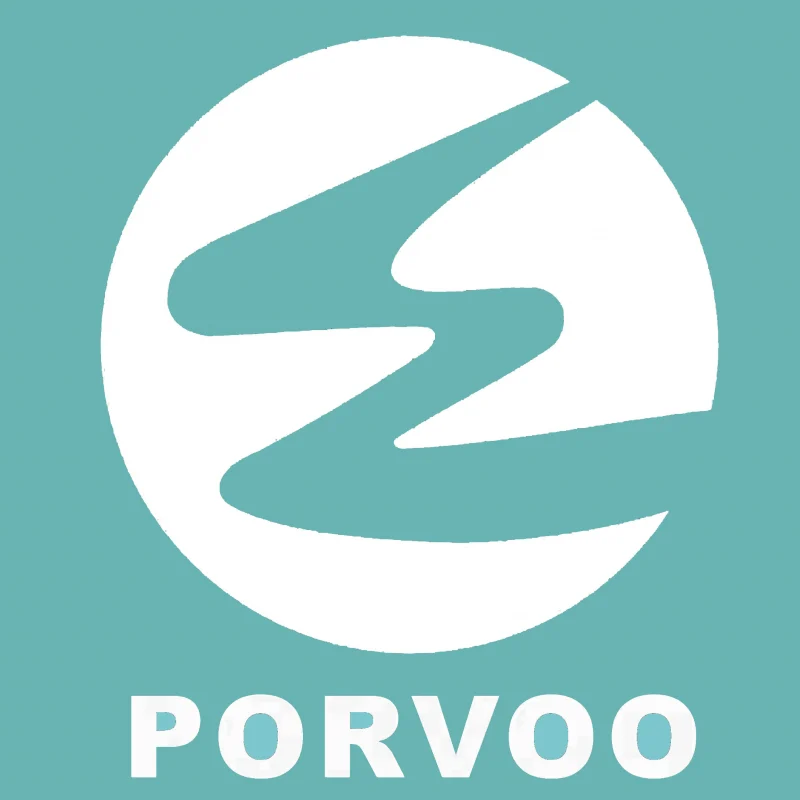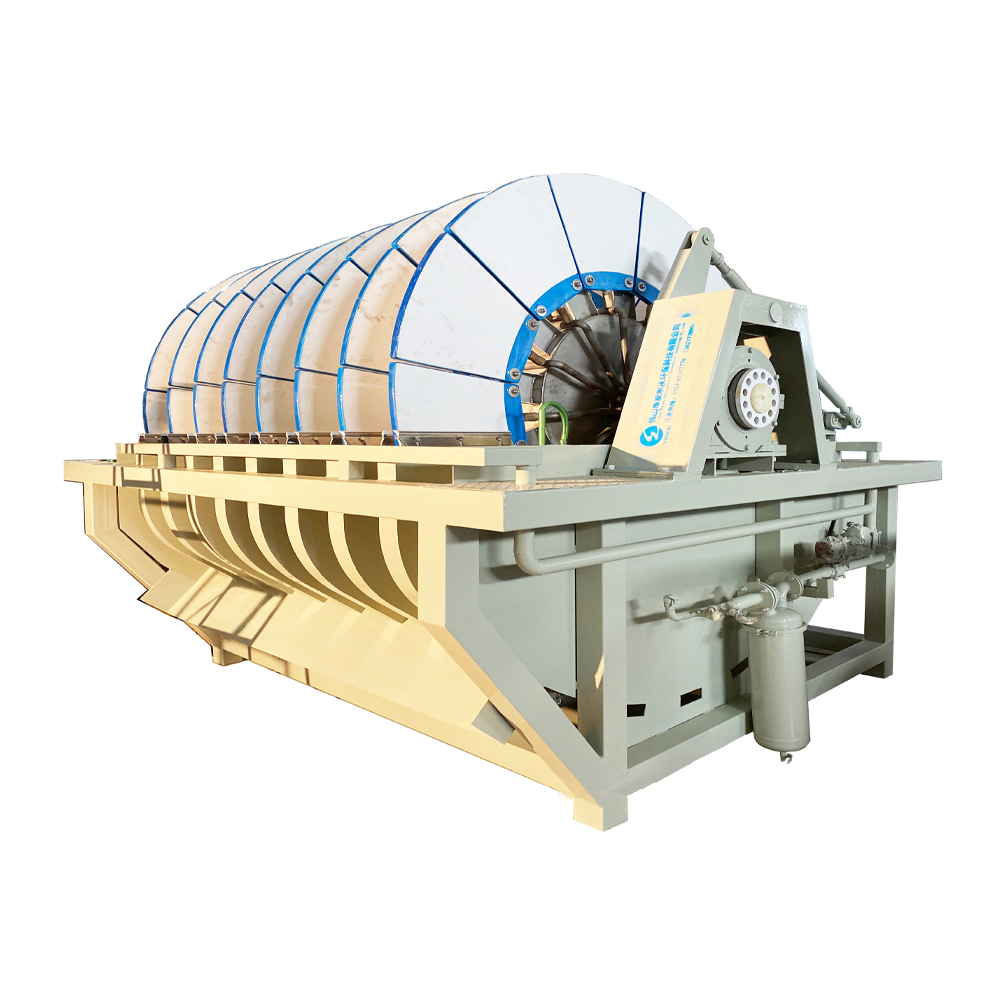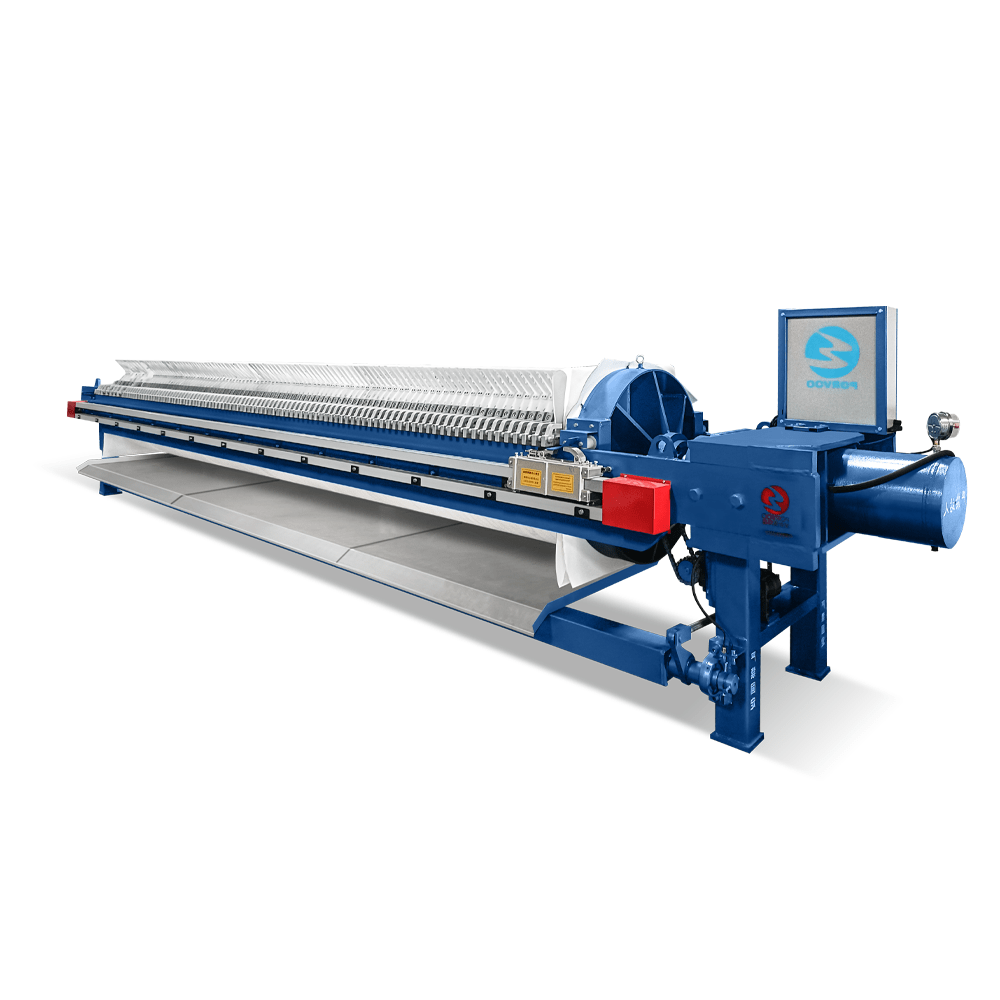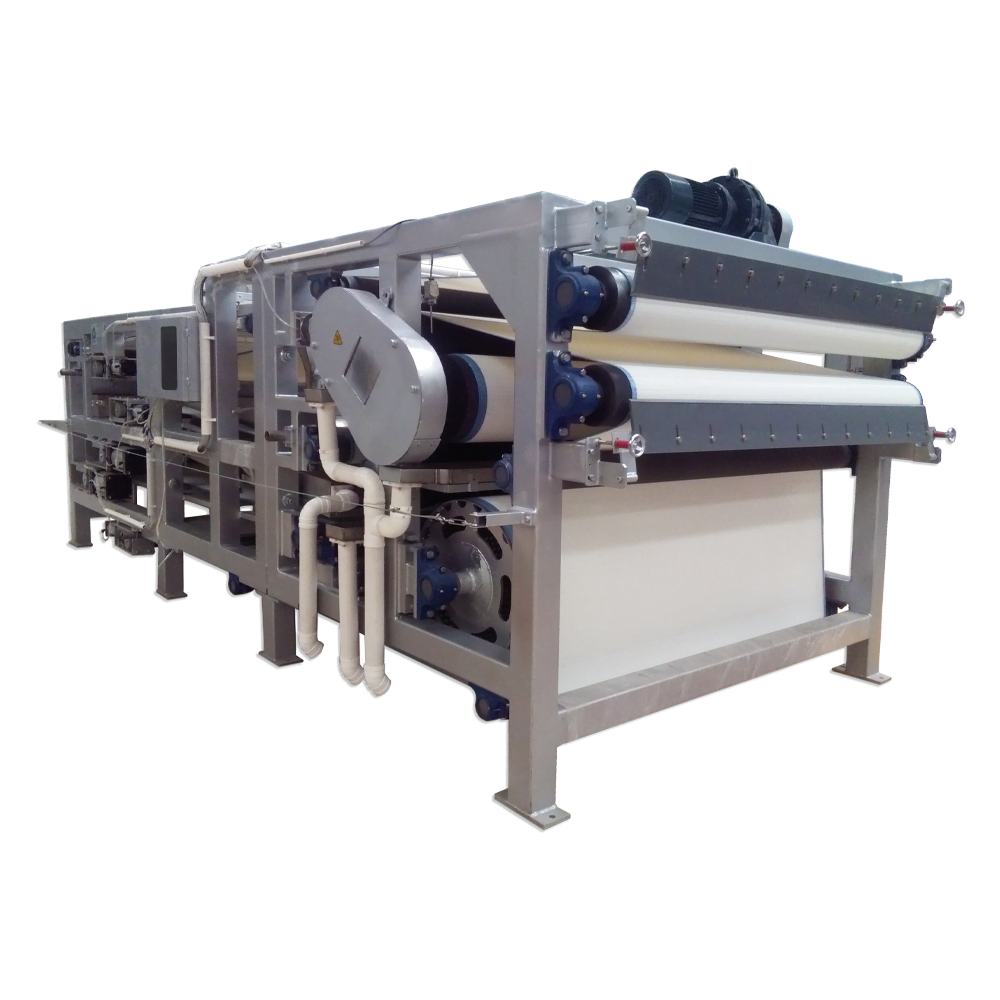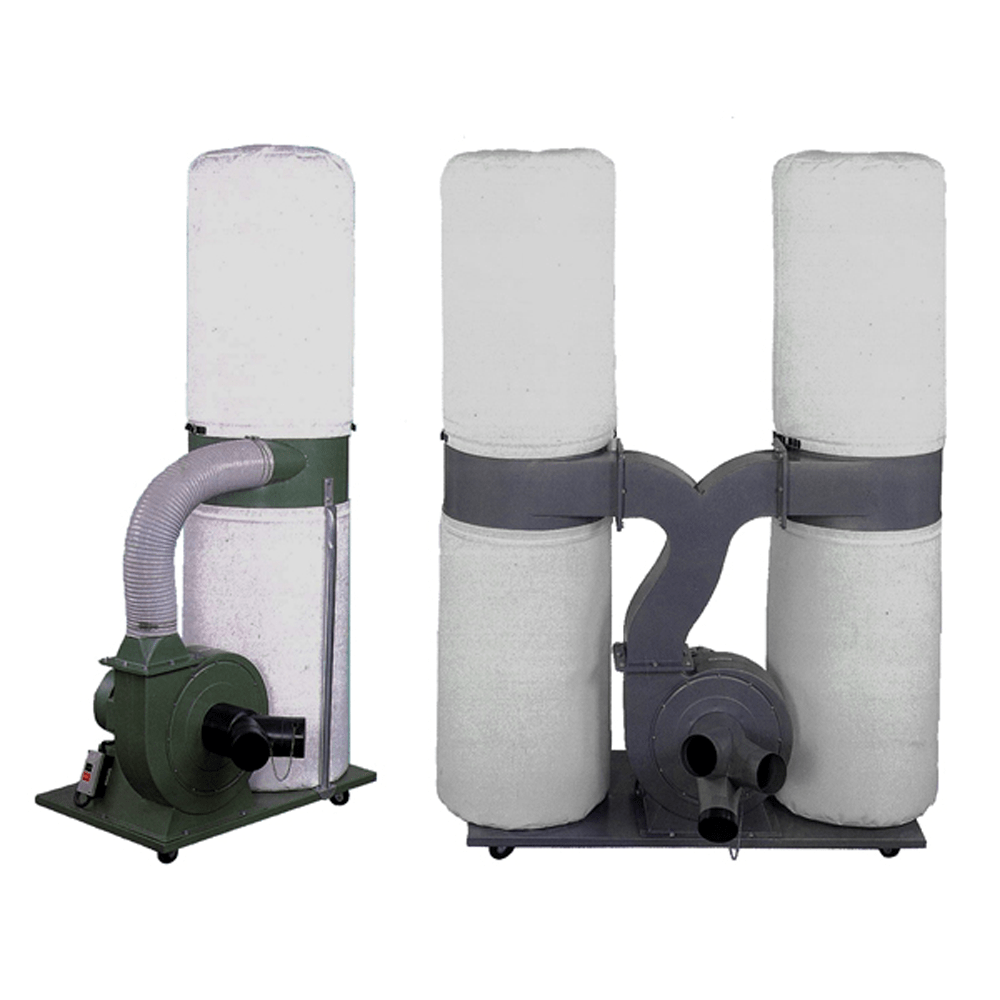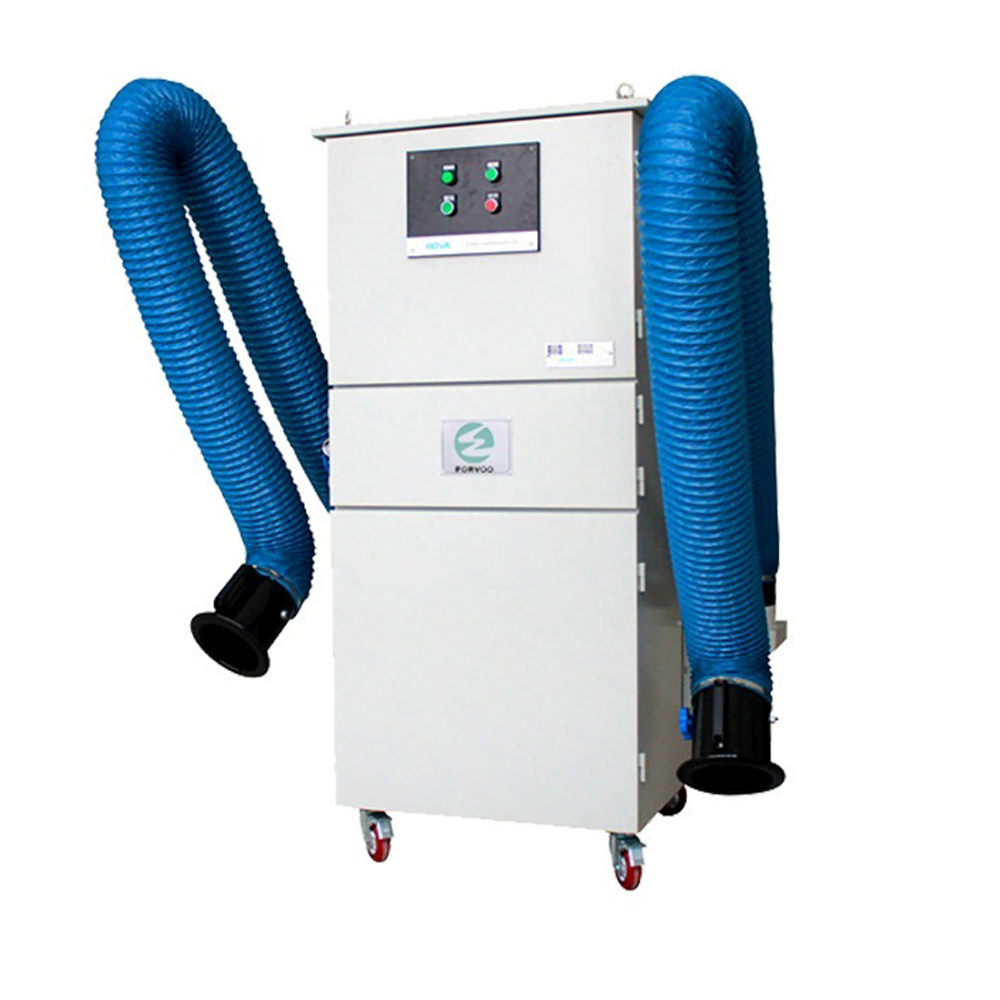News
Integrated Dust Collection and Wastewater Treatment Systems for Ceramics, Stone, and Glass Industries — The Future of Smart Green Manufacturing
陶瓷、石材、玻璃工廠的除塵與污水一體化系統:打造綠色智能製造新標準
Integrated Dust Collection and Wastewater Treatment Systems for Ceramics, Stone, and Glass Industries — The Future of Smart Green Manufacturing
一、為什麼需要「除塵與污水一體化」系統?
在陶瓷、石材與玻璃工廠的生產線上,粉塵與廢水通常同時存在。傳統工廠往往將兩者分開處理,不僅佔地大、能耗高,維護也繁瑣。隨著全球ESG與碳排放政策趨嚴,越來越多企業開始導入「除塵與污水一體化」的綜合環保方案。
In ceramics, stone, and glass manufacturing, dust and wastewater are major by-products. Traditionally handled separately, they consume space, energy, and resources. Integrated systems now provide a unified, efficient, and sustainable solution.
二、一體化系統的核心組成 / Core Components of the Integrated System
一體化環保系統通常由四大部分構成:
- 1️⃣ 粉塵收集模組(Dust Collection Module):使用脈衝袋式除塵器或濾筒除塵器,高效捕捉生產過程中的微細粉塵。
- 2️⃣ 污水過濾模組(Wastewater Filtration Module):採用沉澱、氣浮、膜過濾或真空壓濾等技術,去除懸浮顆粒與化學污染物。
- 3️⃣ 污泥回收與水循環系統(Sludge Recovery & Water Recycling):將處理後的水回收再利用,實現節水70%以上。
- 4️⃣ 智能監控平台(Smart Monitoring Platform):透過PLC與物聯網監控實時數據,遠端控制風機、泵浦與閥門。
The integrated solution includes dust collectors, wastewater filtration, sludge recovery, and IoT monitoring — ensuring continuous, efficient, and low-emission operation.
三、節能與環保的雙重效益 / Dual Benefits: Energy Saving & Eco Compliance
一體化設計的最大特點在於「能源共享」與「流程閉環」。除塵系統產生的壓縮空氣可同時用於氣浮曝氣;經處理的回收水則可作為清灰用水,減少新水補給。
相比傳統分離系統,能耗降低約20–30%,運行維護成本可節省15%以上。同時,粉塵排放濃度可穩定低於30 mg/m³,廢水COD值達到國家排放標準,輕鬆通過ISO14001或歐盟CE認證。
The system creates a circular loop — shared air, recycled water, and reduced power use. Energy consumption drops by up to 30%, while emission levels stay well within international limits.
四、應用案例:綠色工廠的轉型實踐 / Case Study: Green Factory Transformation
廣東某陶瓷企業案例:
該廠原本使用兩套老舊除塵與沉澱池系統,能耗高、維修頻繁。PORVOO團隊為其設計了一體化方案,結合脈衝除塵與真空壓濾技術,使粉塵收集率達99.9%,廢水可100%回用。
改造後,廠區粉塵濃度下降80%,每年節省水資源約12,000噸,並成功獲得「綠色製造示範工廠」認證。
A ceramic factory in Guangdong replaced outdated systems with an integrated PORVOO solution. Dust efficiency reached 99.9%, water reuse hit 100%, and the site earned national “Green Manufacturing” certification.
五、智慧監控:從被動維護到預測管理 / Smart Monitoring & Predictive Maintenance
一體化系統配備的智能監控平台,可實時追蹤壓差、風量、水質、濾袋壽命等關鍵數據。
系統會根據濾塵量自動調整清灰頻率,並透過雲端分析預測設備維修週期,減少停機風險。
With IoT sensors and cloud analytics, the system predicts maintenance schedules, reduces downtime, and ensures continuous environmental compliance.
六、未來趨勢:模組化與低碳化 / Future Trend: Modular & Low-Carbon Design
未來的一體化環保設備,將更趨向模組化結構,可靈活擴展不同產能需求。
同時,結合太陽能電源與變頻節能控制,實現「零碳排放工廠」的長遠目標。
Next-generation systems will feature modular design, renewable energy integration, and AI-driven optimization — helping industries move toward true carbon neutrality.
